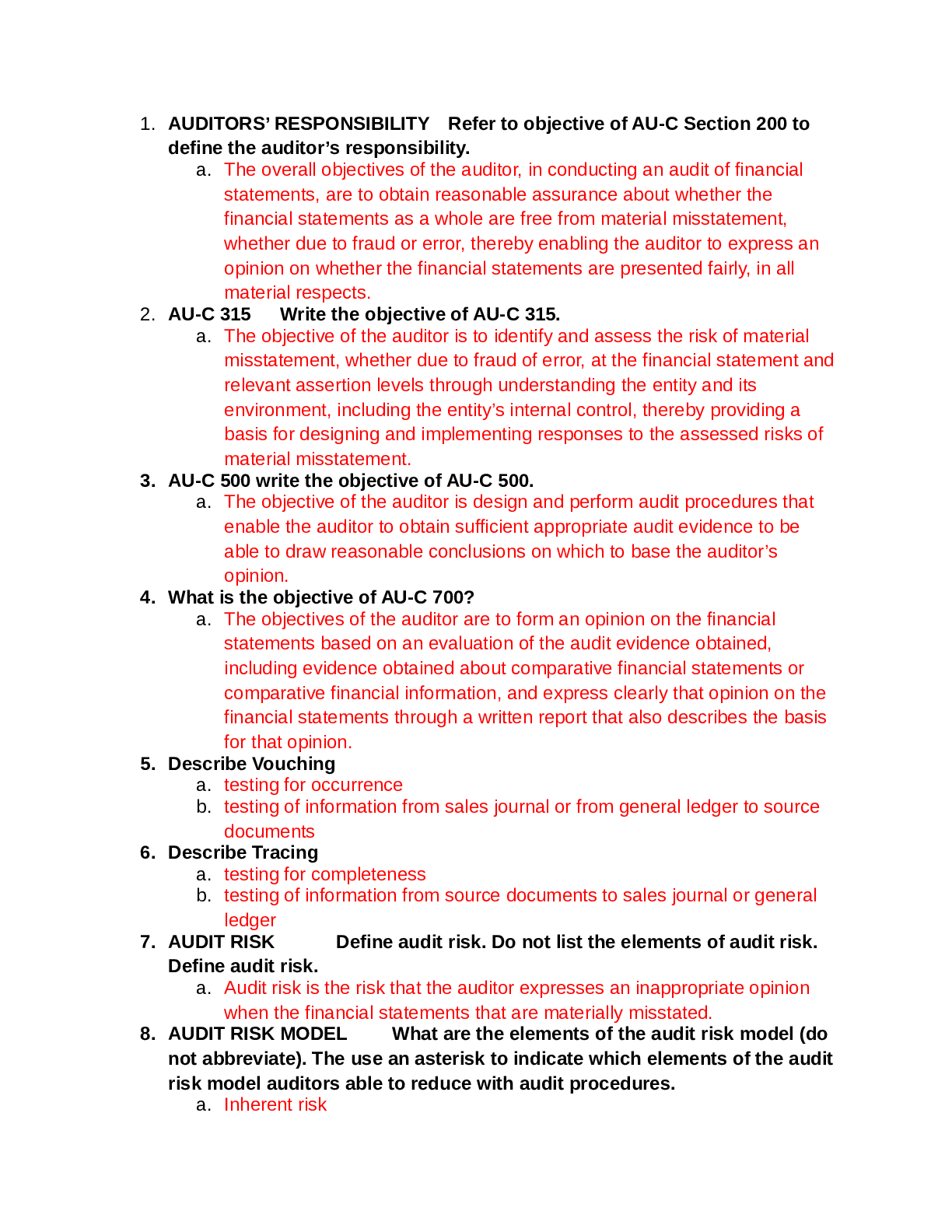AUDIT RISK
Course
Subject
Chemistry
Category
Questions and Answers
Pages
22
Uploaded By
ATIPROS
Preview 1 out of 22 Pages

Download all 22 pages for $ 10.00
Reviews (0)
$10.00
